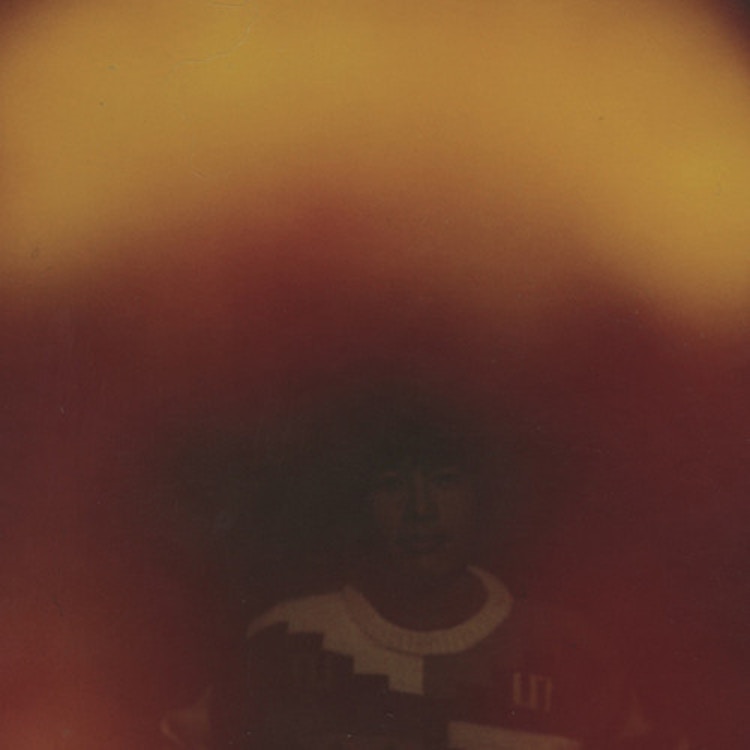"Mediation of Ecstatic Energy"

I saw Dustin Wong open for Beach House last year. Well, I walked into the Wiltern in Los Angeles a little late and so I heard his wild, huge guitar sound, seemingly playing five dizzying parts at once, first. Later, when I read that Wong was the guitarist of the defunct, crazed, experimental Baltimore rock band Ponytail it made more sense, but as I made my way in I was surprised to see Wong was set up on stage by himself, bobbing his head in time to his own beat. Who was this guy? He would start by playing a simple riff or guitar figure and then use a loop pedal to play it back while he added another layer. The music inevitably built and grew as the song went on, but the exciting part was hearing it come together and realizing that the song had turned into something very different from what I thought I was listening to at first. Still, after a few songs that pattern, the gradual build, became familiar. Music that succeeded in part because it seemed so unpredictable felt a little less exciting. The album he was touring on, Dreams Say, View, Create, Shadow Leads, was enjoyable but suffered from the same problem. On his new album, Mediation of Ecstatic Energy, Wong overcomes that hurdle by creating music that works less as discrete songs and more as movements in a larger work.
Opener ‘The Big She’ starts the album out on an uneasy note with dissonant and eerie guitar parts that never really build or lock together even when the drums kick in. It’s a bit of a red herring though as the martial sounds of ‘Emerald Atmosphere’ somehow flow effortlessly into the synth harpsichord sound of ‘Imagine Electric.’ That transition is characteristic of the album as a whole. In a way that Wong hasn’t been able to pull off before, songs change and merge into each other seamlessly. That’s no easy feat because Wong’s guitar is all over the place; at times it sounds like a synthesizer, a sitar and a bagpipe. There are still peaks and valleys inside the songs, but they no longer come in a predictable order. Loops and layers come and go in a way that makes the music more nuanced and immersive.
Wong isn’t afraid to go for a crowd-pleaser as on “Aura Peeled Off’ where the warm chords find a real groove over bright guitar squiggles. but he prefers to give us a quick taste rather than make a meal of it Another highlight is ‘(A) shows (B) his analysis and (C) looked over’ with its impossibly fast picked guitar part that strobes like a rhythm section (although there are drums or at least a drum machine, too) while another guitar part oscillates slowly and deliberately before going supernova. The effect of the song and the album is almost psychedelic. You find yourself following a melody or repeated guitar part only to find that the music has shifted and there are several other melodies going on that you were only vaguely aware of. Then you start following some other part and you’re down the rabbit hole again.
Mediation of Ecstatic Energy is a demanding listen. There is no conventional song structure, no words, not even any wordless emoting as on Ponytail records. It isn’t the kind of instrumental music that works equally as well in the background. It is busy and intricate in a way that requires a listener’s attention. Wong, using only his guitar and his loop pedal, is somehow able to create music that is as sophisticated and engaging as it is layered and complex. On Mediation of Ecstatic Energy he is able to give that virtuosity a form that makes for a coherent, beautiful album.
Get the Best Fit take on the week in music direct to your inbox every Friday

Tunde Adebimpe
Thee Black Boltz

Julien Baker & TORRES
Send A Prayer My Way

Bon Iver
SABLE, fABLE





